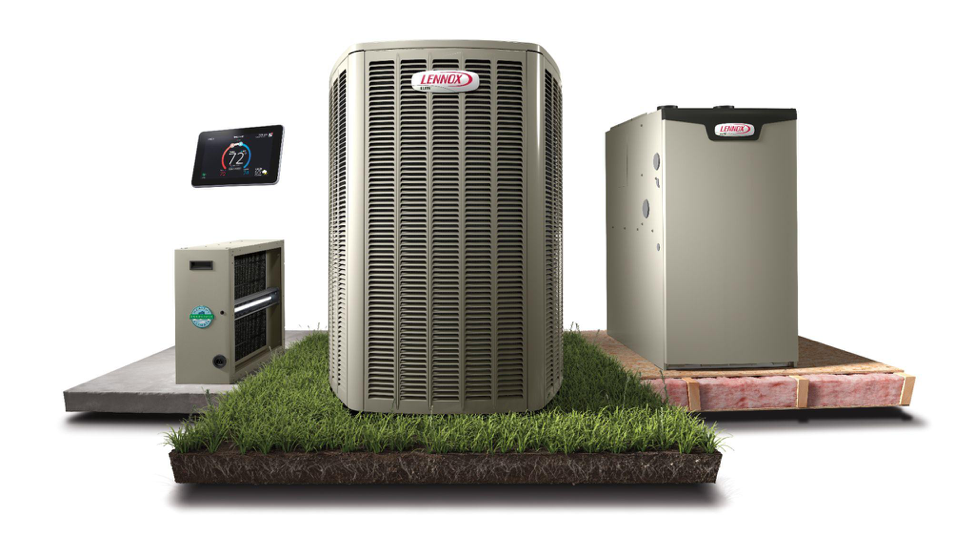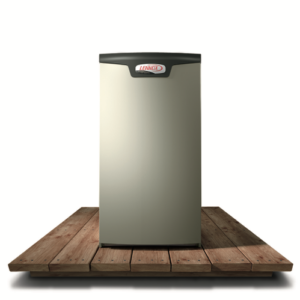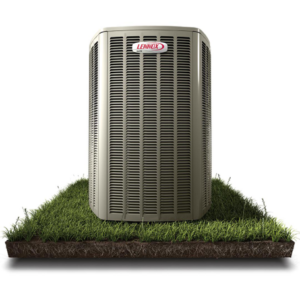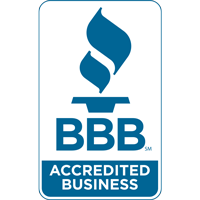
Thinking about upgrading your home by putting in a new HVAC system? Great! New systems help save money on monthly energy bills and provide better climate control than older models. Systems can last around 15 to 25 years so looking at all your options before purchasing would be in your best interests for such a long time commitment. What are the different types of residential heating and cooling? Which one is best for you? Here are three of the most popular types of HVAC systems to consider.
Gas Furnace and Air Conditioner


Traditional gas furnaces and air conditioners are what most people envision when they picture central heating and cooling. The indoor component consists of a gas-powered furnace to heat the home. This is also most likely the space where the filter is. Gas provides the heat that is distributed into various rooms through the air ducts.
The outdoor unit is the air conditioner, also called the condenser. The air conditioner works in conjunction with the coil that is attached to the furnace inside. It pumps the refrigerant through the coil and the furnace pushes the cold air through the home.
These systems are in much of Contra Costa County and have worked well for many years. However, with rising natural gas prices, it has become more expensive to run during the winter months.
Air Handler and Heat Pump


The air handler and heat pump setup are very similar to gas furnaces and air conditioners. Both work in conjunction with air ducts and have indoor and outdoor components. However, there are two big differences.
First, the indoor air handler literally does just that – handles air. It pushes the air through the ducting. The heating and cooling are both done by the heat pump outside. Refrigeration moving through the systems is used to both provide heating to the home and cooling. When in cooling mode, it works just like an air conditioner. In heating mode, it runs the regeneration in reverse to absorb warmth in the air then pumps it inside.
Secondly, air handlers and heat pumps do not use natural gas. These systems run on electricity only. Certain homes do not have any gas running to them so these systems are good options. Many environmental groups are pushing for more electricity use from green energy sources and the end of the natural gas era, leaving heat pumps as the best route for the environmentally-conscious crowd.
Mini-Splits


For most Americans, mini-splits are the new systems on the block. However, most countries around the world have been using these efficient, cost-saving units for decades. Mini-splits are smaller versions of the air handler and heat pump system. Smaller outdoor heat pump units are connected to one or more indoor air handler heads. These heads can be mounted on walls or ceilings, depending on the home and chosen system. Newer systems have sleek heads in different colors to blend more seamlessly into the room.
Homes with no ducting, or available space to install ducting, can still have even heating and cooling with mini-splits. Another benefit to mini-splits is they can be used in only one room at a time. For example, if during the day you are only in the living room and kitchen you can just turn on the heads in that part of the house. At night, you can only have the bedroom units on. This way the energy you are consuming is directly put where you are at, making your home very efficient.
Have questions about which one is right for you? Call Clean Air HVAC at 925-689-7017 to schedule a free in-home estimate today.


